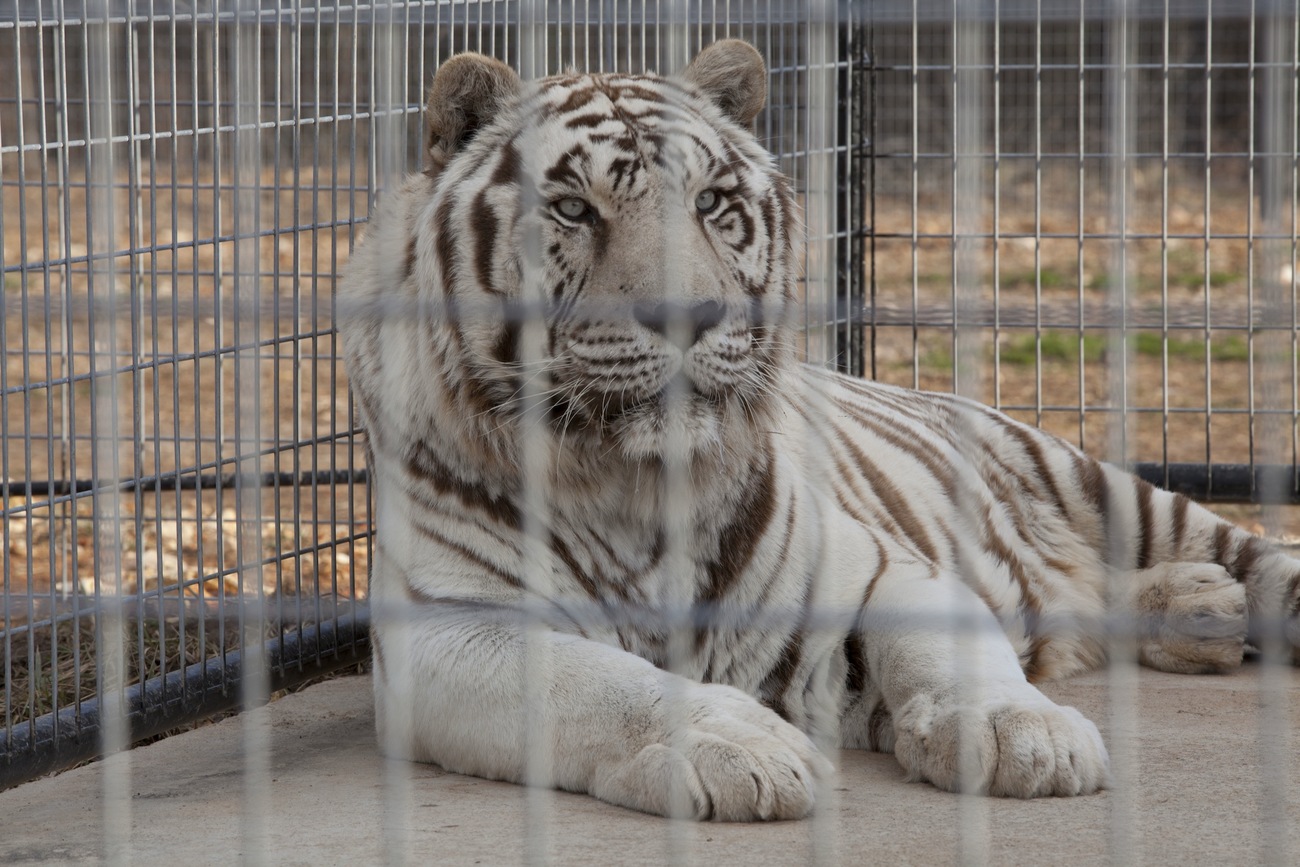Press releases
environment groups speak out against federal government’s koala count
read morehow to tell a real sanctuary from a pseudo-sanctuary

All of us have been grabbed at one time or another by a heart-wrenching story that tempts us to open our wallets to help a deserving animal or sanctuary. But how can you tell if the sanctuary in question is really deserving? We all know to go to websites like Charity Navigator to assess financial health and transparency, but how can you tell the animal’s health and well-being is a priority for the facility as well?
Read all you can and look at the photos. Are there pictures of people posing with animals? Do they offer opportunities to pet wild animals or pose for pictures with them? Do you see photos of baby animals that may have been born at the facility? Do the animals look unhealthy? Does the facility promote “conservation breeding” but isn’t part of an AZA SSP? Do they promote white tigers as a “rare species” needing conservation? All of these warrant a closer look.
Some of the answers are obvious – we give to non-profits because we want our money to go to the care of the animals. Clean, dry enclosures are healthier for the animals. But what about the rest?
Commitment to Lifetime Care: True sanctuaries provide lifetime care to animals that are in need of a forever home.
Commercial Use of Animals: Large carnivores can make an organization big bucks, but at a big cost to the animal. Organizations that buy, sell, auction, lease or otherwise trade in animals as a commodity often have profit as their motive, not good animal welfare. Buying animals, even to “rescue” them from bad situations, supports the commercial trade in wild animals – a trade that is at the very root of the need for wild animal sanctuaries.
Breeding: True sanctuaries are hard to find and have limited space due to financial, staffing or space restrictions. Allowing or encouraging animals to breed and fill up limited spaces means that a facility must turn away other animals in need. Facilities that promote breeding of captive big cats outside of AZA SSPs, even for claimed “conservation purposes” should be avoided.
White Tigers: White tigers are not a breed or subspecies of tiger. They are Bengal or Amur tigers with a color mutation caused by a recessive gene. Because animals with this color mutation are rare, white tigers are inbred to continue creating more. This inbreeding has resulted in a host of genetic defects including cleft palate, spinal deformities and mental impairment. The continued inbreeding of these animals serves no conservation purpose, and the AZA has banned breeding of white tigers in accredited facilities.
Public Contact: Large carnivores are wild animals and they are dangerous. Allowing public or staff contact with big cats and other large carnivores does three things: 1) It puts at risk the individual near that animal, 2) it promotes a message that these animals are not dangerous, feeding demand for trade in these animals, and 3) it puts at risk the health of the animal as they are often drugged or trained using abusive methods to allow this type of contact. What about the babies? They are taken from their mothers to be handled for photo ops, resulting in stress, exhaustion and dehydration. and when they become too large to be profitable for this purpose, they are warehoused, sold as pets, used for other exploitative displays, or even killed. Facilities that allow public interaction with baby animals must constantly breed their animals to create more babies for public handling.
Educational Message: A good sanctuary will educate the public on the trade in wild animals and why sanctuaries are needed. Educational signs, talks and tours should include information on why animals end up in sanctuaries and what can be done to prevent more animals from ending up there.
Accreditation: Accreditation or verification from respected organizations like GFAS or ASA indicates that the facility meets certain standards in animal care and management. It also means that the sanctuary is periodically assessed by a third party who has done the work for you to make sure the sanctuary is doing things right. However, simply seeing the term “accredited” is not sufficient proof of a true sanctuary because some accrediting bodies are illegitimate. The Zoological Association of America (ZAA), for instance, promotes commercial trade and breeding of privately held captive wildlife; therefore, ZAA accreditation is not consistent with IFAW’s concept of a legitimate sanctuary.
Our work can’t get done without you. Please give what you can to help animals thrive.
Unfortunately, the browser you use is outdated and does not allow you to display the site correctly. Please install any of the modern browsers, for example:
Google Chrome Firefox Safari